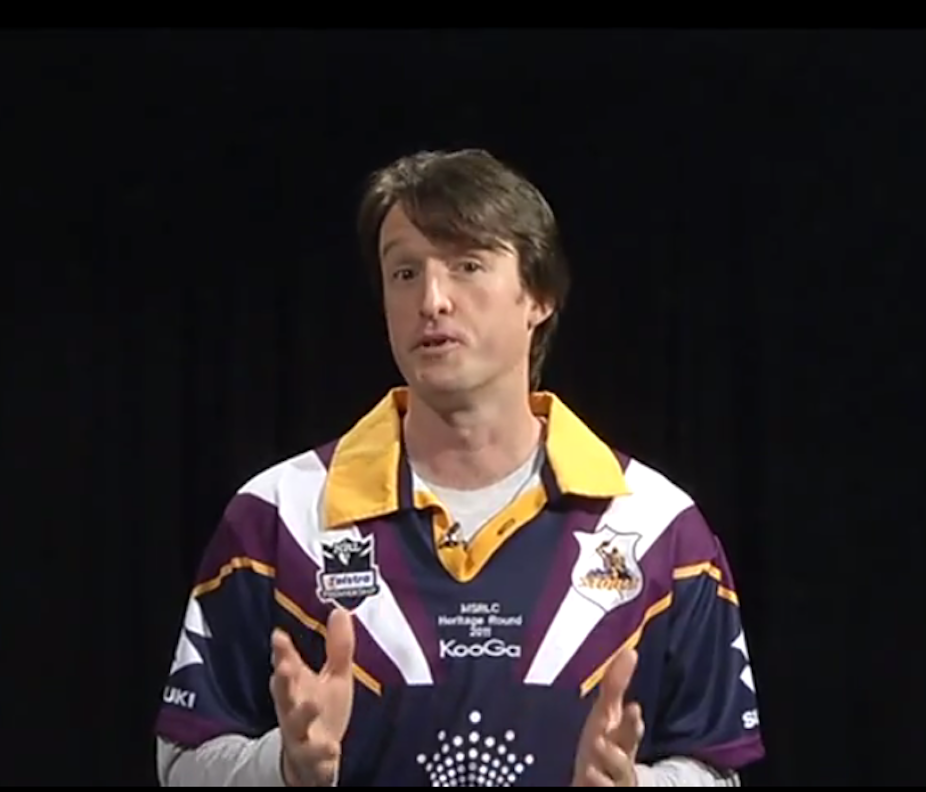Welcome to Some Sports Economics, a six-part video series explaining economic concepts through sport, by La Trobe University senior lecturer, Liam Lenten.
In the second part of this series, Liam gives insight into the demand equals supply truism by using ticket sales.
You can watch Liam explain the video.
Or read through the transcript below.
Now, many people know the demand equals supply truism without having studied economics, but we need a little further insight from Economic Theory to solve more perplexing phenomena. To this end, we can look at the market for tickets to a game (as in the figure), using our helpful friend, the traditional Keynesian-style diagram. Assume the home team is a monopoly (in its local market) at least in its own sport. Here, the profit-maximising quantity of tickets is where marginal revenue equals marginal cost.
The marginal revenue curve could be drawn as below. Those of you with some micro theory under your belt will know it is twice as steep as the demand curve (and if you don’t, you’ll just have to take me on blind faith). To complete the picture, assume that marginal cost equals zero (that is to say, there is a negligible additional cost of one extra person coming in at the gate). But at capacity, marginal cost becomes vertical (here, to fit just one more person in, you literally have to bulldoze the stadium and build a bigger one).

Related to this, let’s explain the comparison between sell-outs versus half-full matches. For this, we’ll contrast two Melbourne-based teams in different sports (both are local monopolies, at least at the time of filming).
Melbourne Storm (in the NRL) – they play at Rectangular Stadium, with a capacity of 29,000; and
the NBL’s Melbourne Tigers, who play at the State Netball Hockey Centre (capacity 4,000).
Assume demand and hence MR is identical for both sports (Basketball and Rugby League, which could be imagined to be plausible).

The critical point of contrast between these two capacities is where on the marginal cost curve the marginal revenue curve intersects – the horizontal section in the Storm case, and the vertical section in the Tigers case, producing very different price-quantity equilibria.
The conclusion here? The Tigers games sell-out every single time and in the absence of being able to shift the demand curve outwards are happy with the status quo, whereas the Storm are likewise perfectly content to have only 10,000 turn up to their games.
Related to this was the rather odd case in the A-League: where for some home games in 2009, Gold Coast United capped attendance at 5,000 (in a stadium that holds 27,000) – the answer to such apparently bizarre behaviour by chairman Clive Palmer lies in an extended version of this very model.

